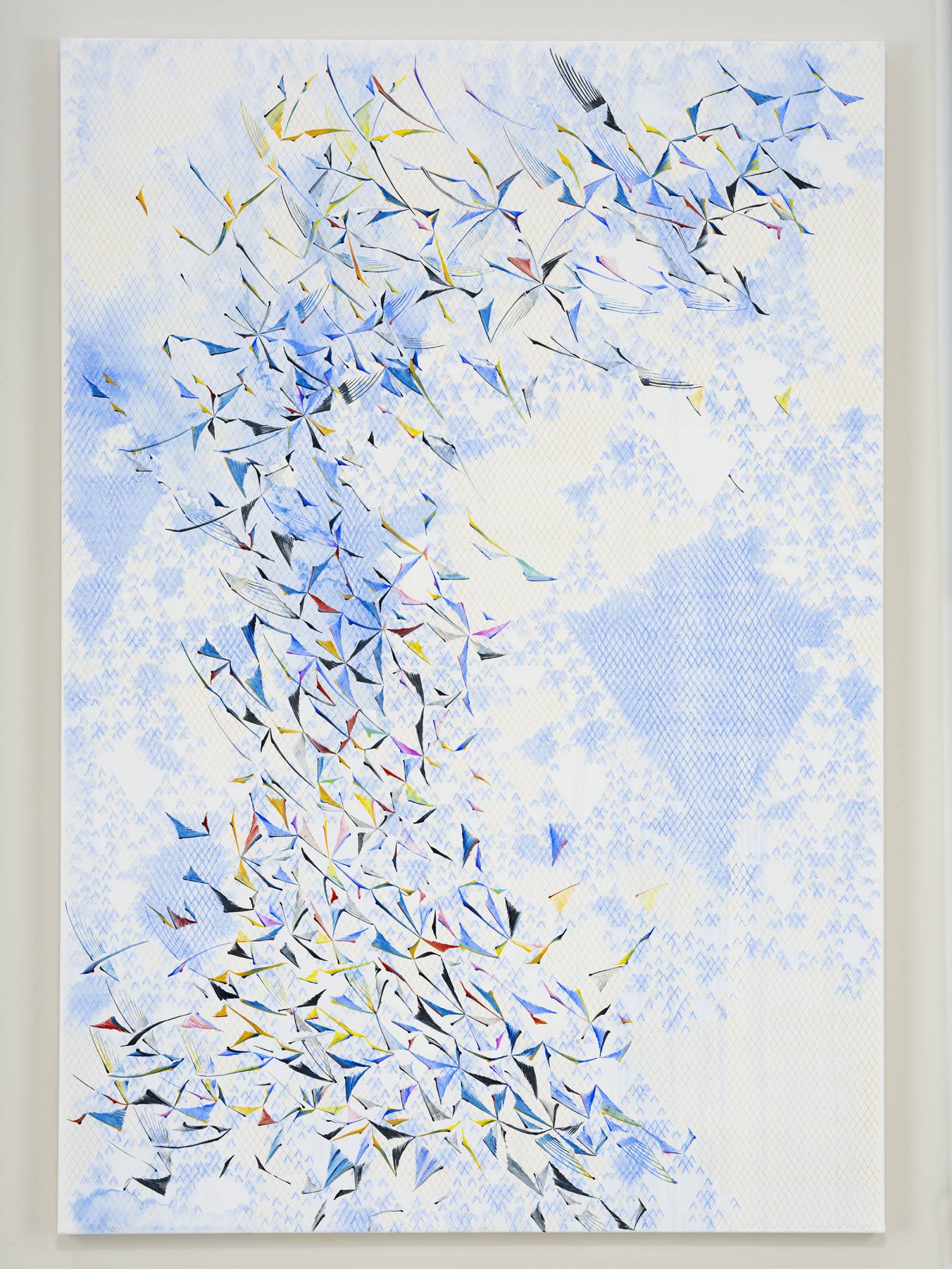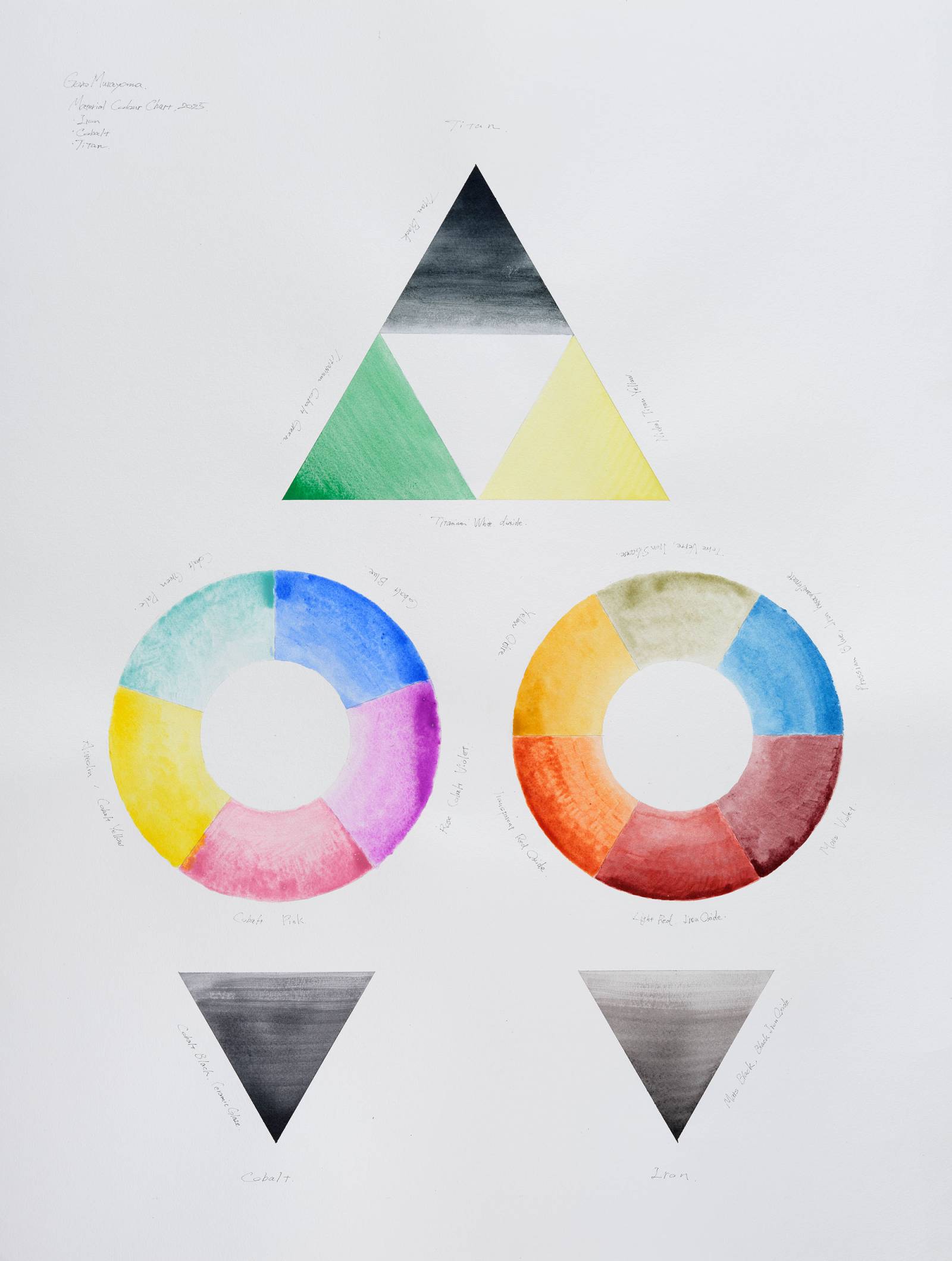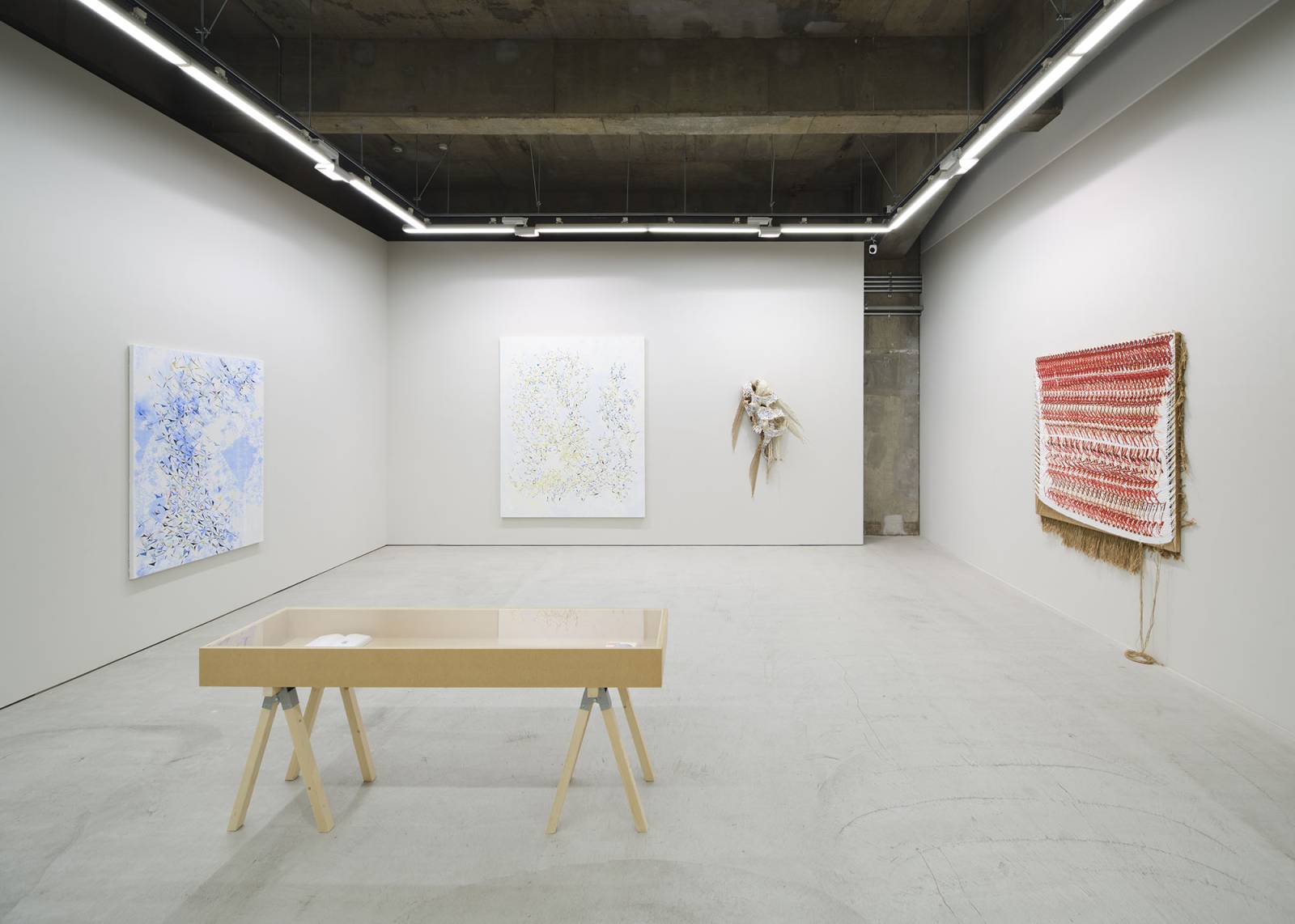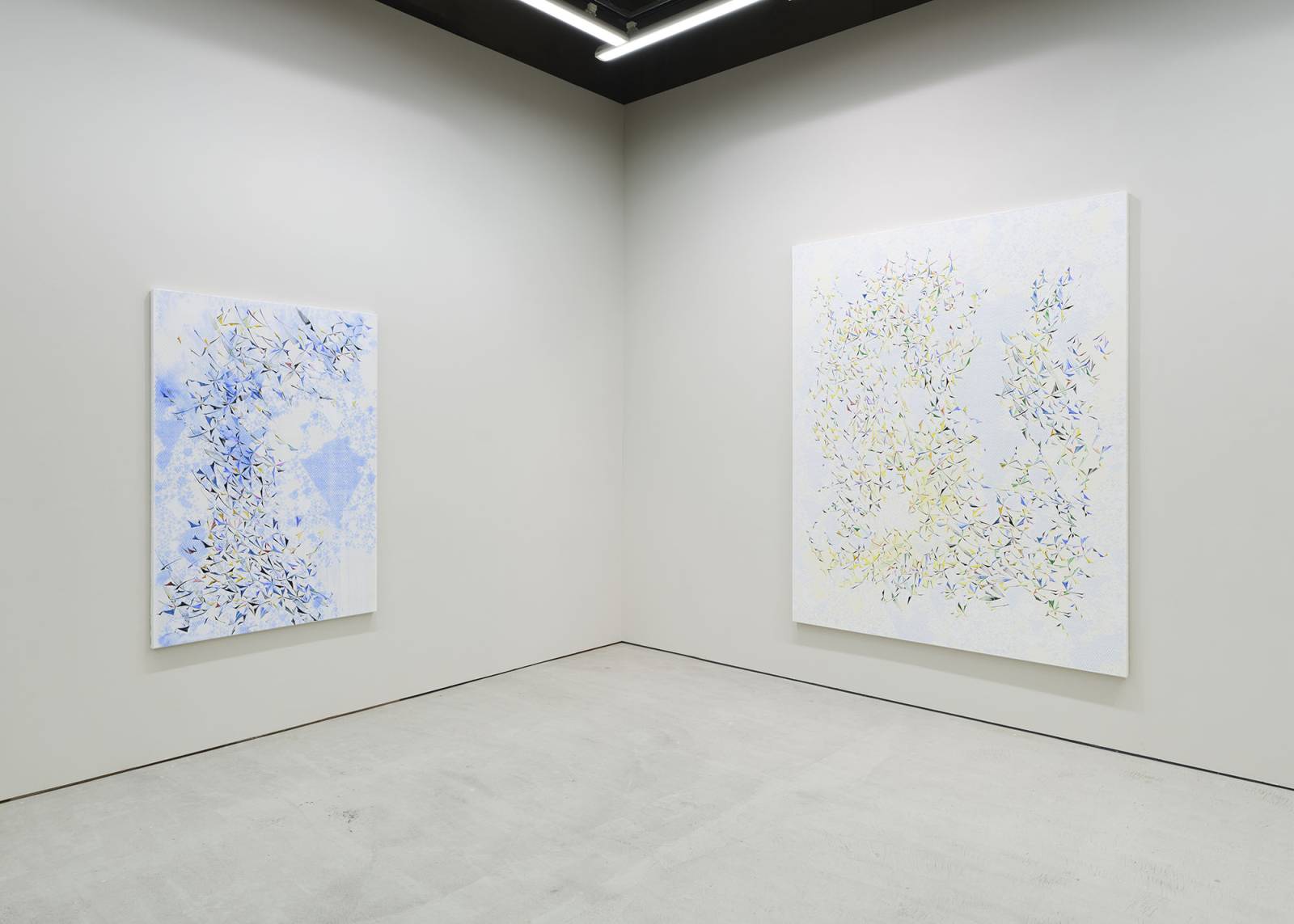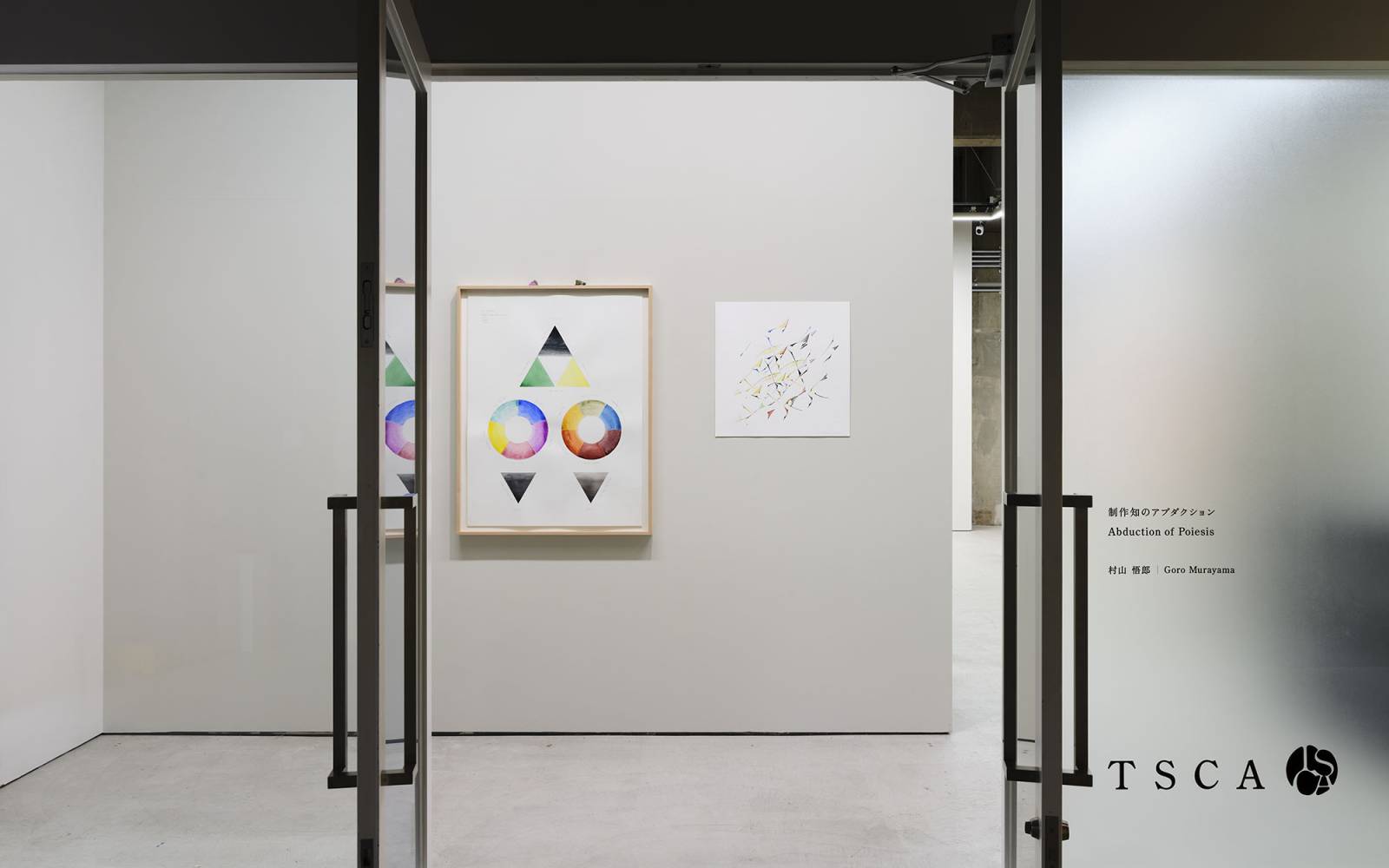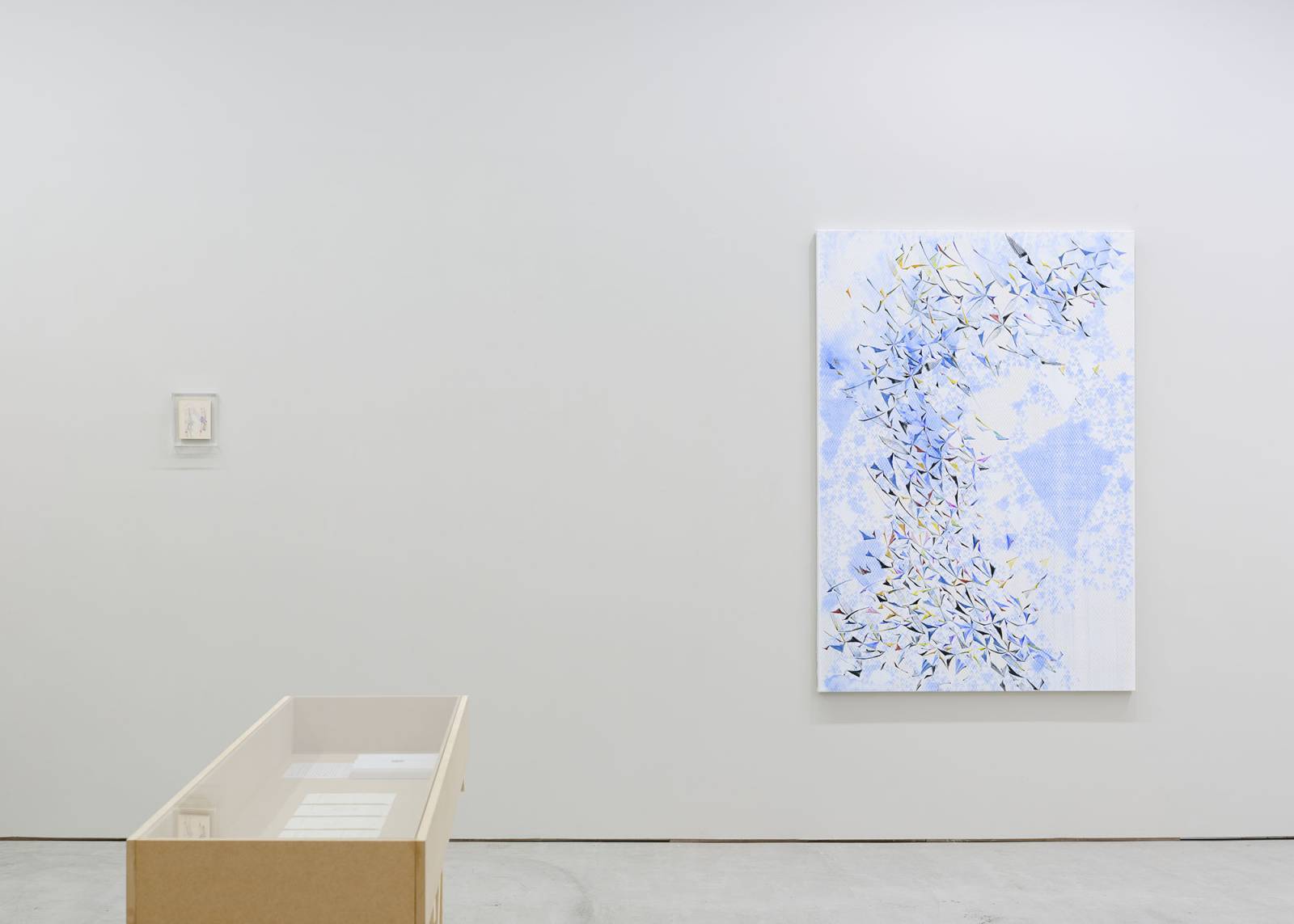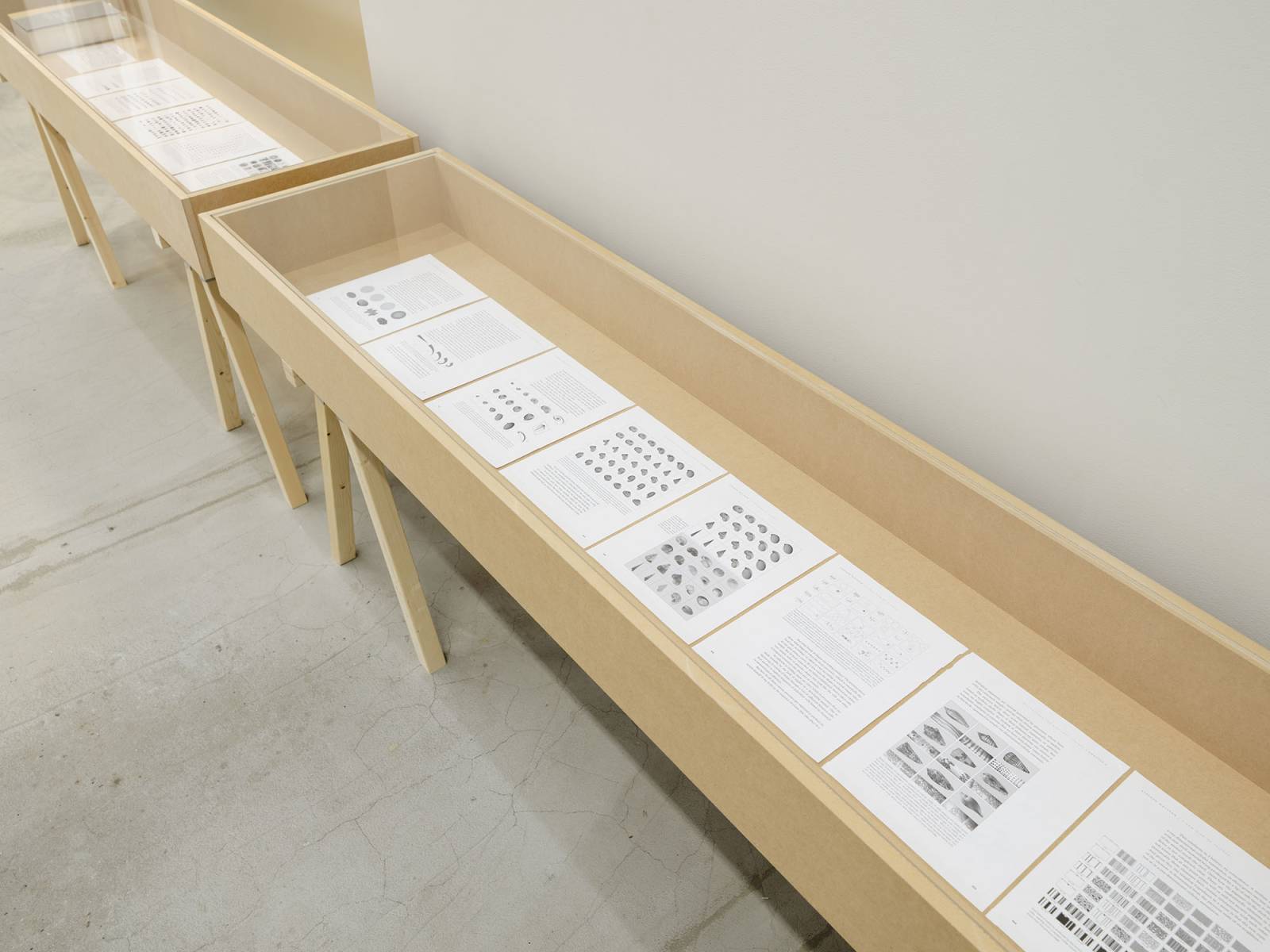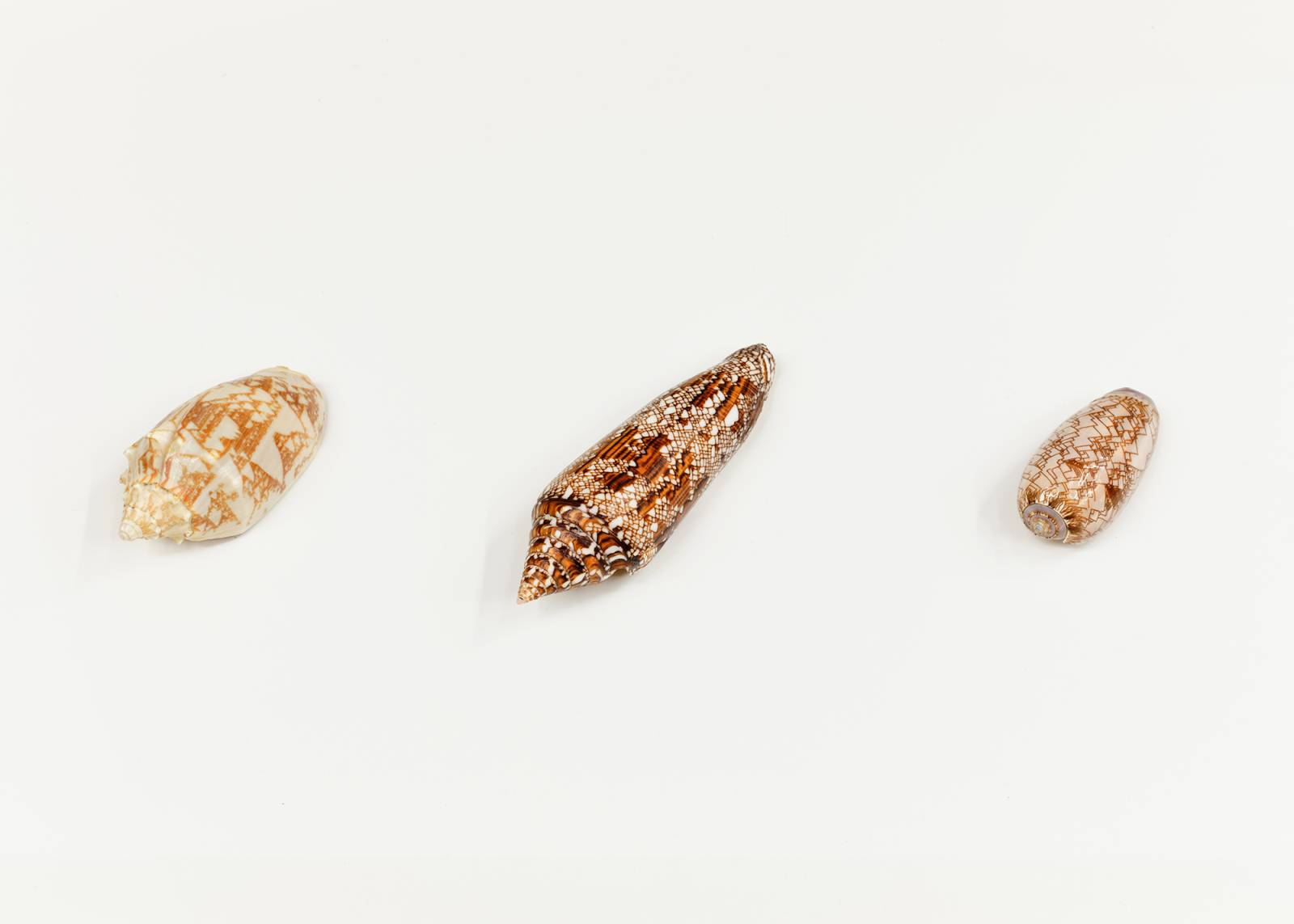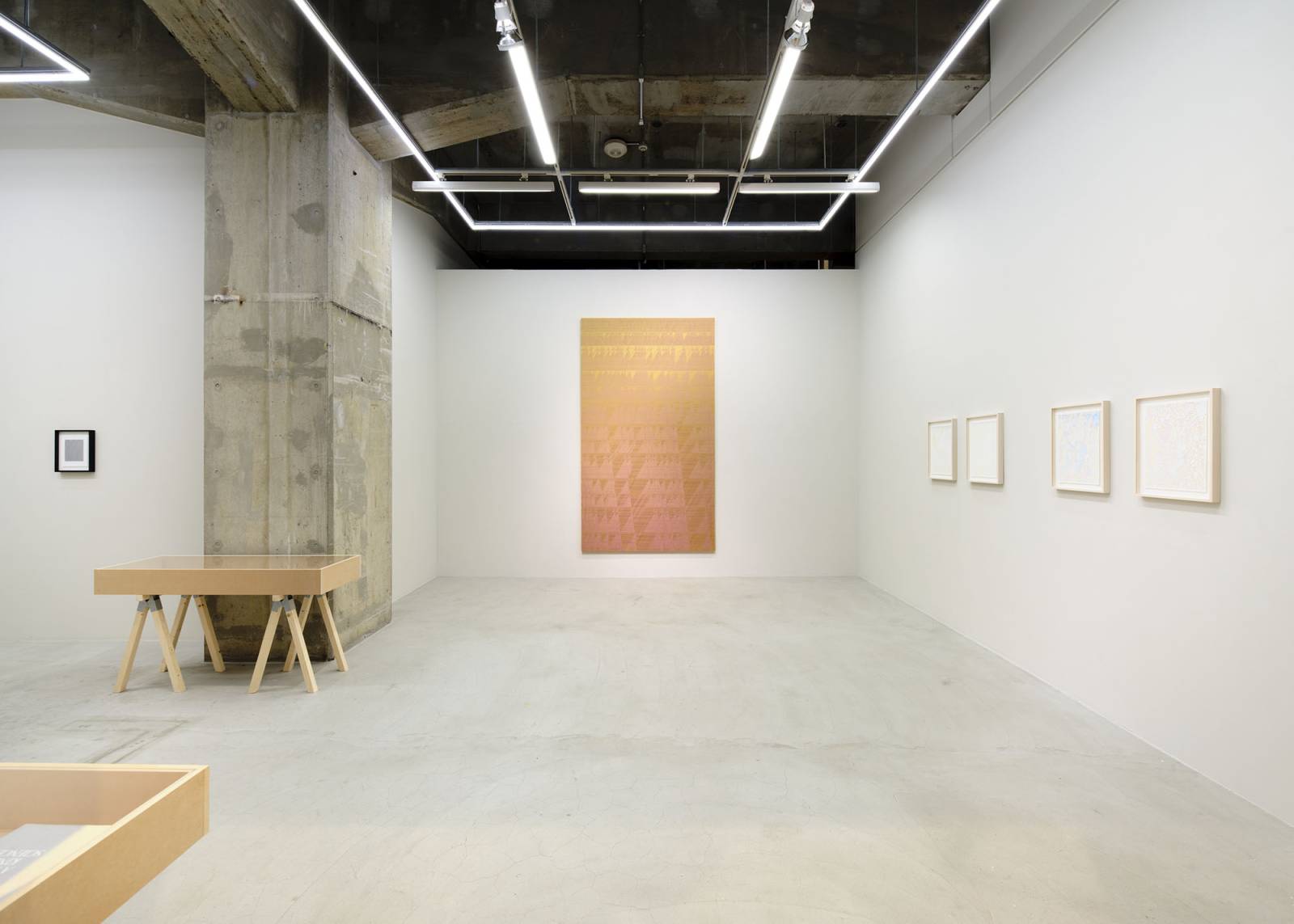Goro Murayama|Abduction of Poiesis
11 October - 22 November, 2025
Venue : Takuro Someya Contemporary Art
Takuro Someya Contemporary Art is pleased to present an upcoming exhibition curated by Goro Murayama, organized to commemorate the publication of a book based on his lecture series, Theory of Art and Poiesis, delivered at the University of Tokyo Graduate School.
Grounded in more than fifteen years of Murayama’s artistic practice and research, this exhibition explores the concept of poiesis (creation) by bringing together documents and works by a group of artists, including new works by Murayama himself. Centered on drawing as its primary medium, this exhibition investigates the nature of “poietic knowledge” as the intersection of science, philosophy, and art. By juxtaposing AI and human creativity and exploring topics that span ancient philosophy to modern technology, the exhibition proposes theoretical and practical possibilities for acts of creation and genesis. Reframing poiesis as both a collaboration with others and a process of self-formation, it seeks to uncover the roots of the existence of the “I.”
Takuro Someya Contemporary Art
In the process of making art, we are sometimes told to “think with our hands.” The point is that thought cannot remain confined only to the mind; that it is crucial to act in a tangible way and experience how the world shifts in response. But what does this really mean? When people “think with their hands,” what is it that they are really doing? This question lies at the heart of poietic knowledge.
Poiesis, to follow Aristotle, concerns the creation of prosody, which is to say of time itself, at work in the writing of poetry or the composition of music. Yet, unlike historía (historical description), which ascribes a fixed causal sequence from an external vantage point, poiesis is a mode of creation that remains immersed in temporality even as it generates time. Take poetry as an example. Let’s see what happens when we combine words in ways that estrange them from their everyday use. We could, for instance, pair the adjective “intimate” with the noun “stone.” The result—an “intimate stone”—is quite unlike the way we describe actual stones (a heavy stone, a hard stone, a flat stone, and so on). Once you declare an “intimate stone,” the phrase begins to emit an unfamiliar image. Perhaps it is a stone you’ve carried since you were a child, or one given to you by someone dear. You might even imagine it as a living being that calls out to you. Let us refer to this surfacing of a new aspect through the combination of basic elements as a “micro emergence.” Poetry propels itself forward line by line through such emergences. To move your hands and alter the situation; to perceive the micro emergences unfurling on the page or pictorial surface—that is “sensibility” in creation. When a painter adds a new stroke to the canvas, micro emergences are continually unfolding in two-dimensional space. But such emergences cannot be fully grasped in advance, for it is through the anticipation of combinations and a sensitivity to micro emergences, together with the contingency of the body and materials, that new situations are created. This is what painters mean when they speak of a “dialogue with the painting.”
The primary subject of this exhibition is poietic knowledge in the form of drawing. The performative drawn line—drawing as expression through line, fiber, or conduit—has appeared across time and cultures in innumerable modes; it may be called a universal form of creation. Here, the realm of poietic knowledge-as-drawing is not confined to the activities of individual humans but opened to those of humankind, machines, and life itself. Its reach far exceeds the domains of contemporary society or art history. It includes the body painting of indigenous tribes recorded by Lévi-Strauss, ancient labyrinths, Atsuko Tanaka’s electric circuits, Braitenberg vehicles, Class 4 cellular automata, and the membrane formation of autopoietic cells—all occasions to think, through drawing, about the making and generation of patterns, meaning, and life itself. Drawing, which makes traceable the imprints and processes of action, is a powerful tool for understanding poietic knowledge, for what is presented is not merely the generation of patterns unique to the artist but drawings that carry legibility—traces that the viewer can read, an artist’s mode of making that can be perceived. In this sense, drawing can be said to be a more versatile expression than painting, straddling different cultures with greater universality.
Francisco Varela, who proposed autopoiesis as life’s system of self-formation, understood perception not as the computation of symbolic representations but as a formative movement of perception through bodily action (sensation, movement, and the nerves that link them). Neither the world nor the “I” is given in advance as an independent entity; they appear through action. Now, let us elaborate this into poiesis and begin the exhibition.
“It is not that ‘I’ create; rather, through creation, ‘I’ ceaselessly come into being.”
Goro Murayama
Goro Murayama
Born in 1983 in Tokyo. Artist. Ph.D. in Fine Art. Murayama, who studied painting, explores the temporality and emergence of human acts of creation (poiesis) within the theoretical frameworks of biological systems and the philosophy of science. As seen in his representative series Woven Paintings, Murayama expresses the processes and patterns of self-organization through his drawings and paintings. In recent years, Murayama has extended his artistic endeavors by collaborating with scientists on AI pattern recognition and generation. These collaborations aim to deepen human understanding of and sensitivity towards artificial intelligence.
In 2010, Murayama received the shiseido art egg prize. From 2010 to 2011, he attended the MA Fine Art program at Chelsea College of Arts at the University of Arts London as an exchange student, and in 2015, he received his Ph.D. in Oil Painting from the Tokyo University of the Arts Graduate School of Fine Arts. From 2015 to 2017, Murayama was a visiting researcher in the Global World/Intercultural Philosophy course at the University of Vienna as a participant in the Program of Overseas Study for Upcoming Artists, sponsored by the Japanese government’s Agency for Cultural Affairs. In 2024, Murayama served as a Guest Associate Professor in the Department of Comparative Literature and Culture at the University of Tokyo. He is currently a Part-time Lecturer in the Department of Imaging Arts and Sciences at Musashino Art University and the Graduate School of Tohoku University of Art & Design.
[Exhibition Details]
Goro Murayama|Abduction of Poiesis
Exhibition Period: Saturday, October 14, 2025 – Saturday, November 22, 2025 *The exhibition period has been extended
Open: Tue-Sat, 11:00 a.m. – 6:00 p.m.
Closed: Sun, Mon and National Holidays
Takuro Someya Contemporary Art
TSCA 3F TERRADA Art Complex I 1-33-10 Higashi-Shinagawa Shinagawa-ku Tokyo 140-0002 Japan
tel 03-6712-9887 |fax 03-4578-0318 |e-mail gallery@tsca.jp


